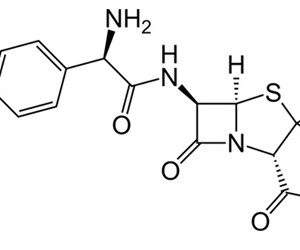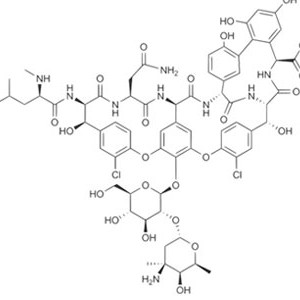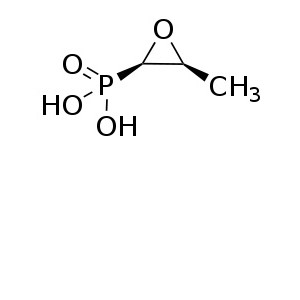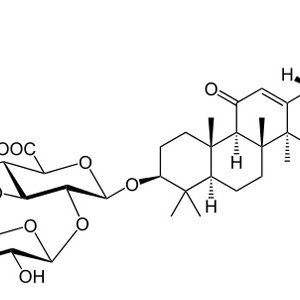Welcome visitor you can
login or register
0 items - $0.00
No products in the cart.
Omeprazol Pellets 8.5%
Omeprazole, sold under the brand names Prilosec and Losec among others, is a medication used to treat gastroesophageal reflux disease, peptic ulcer disease, and Zollinger–Ellison syndrome.[1] It is also used to prevent upper gastrointestinal bleeding in people who are at high risk.[1] It is taken by mouth.[1]

Make an enquiry for this product
Category: Active Pharmaceutical Ingredients
Starting at
Product Description
| 6-methoxy-2-[(4-methoxy-3,5-dimethylpyridin-2-yl)methylsulfinyl]-1H-benzimidazole |
| Pronunciation | /oʊˈmɛprəzoʊl/ |
| Trade names | Losec, Prilosec, Zegerid, others[1] |
| AHFS/Drugs.com | monograph |
| Licence data | US FDA:link |
| Pregnancy category |
AU: B3 US: C (Risk not ruled out) |
| Legal status |
AU: S4 (Prescription only) UK: General sales list (GSL, OTC) US: OTC |
| Routes of administration |
Oral, IV |
| Bioavailability | 35–76%[2][3] |
| Protein binding | 95% |
| Metabolism | Hepatic (CYP2C19, CYP3A4) |
| Biological half-life | 1–1.2 hours |
| Excretion | 80% (urine) 20% (feces) |
| CAS Number | 73590-58-6 |
| ATC code | A02BC01 |
| PubChem | CID: 4594 |
| IUPHAR/BPS | 4279 |
| DrugBank | DB00338 |
| ChemSpider | 4433 |
| UNII | KG60484QX9 |
| KEGG | D00455 |
| ChEBI | CHEBI:7772 |
| ChEMBL | CHEMBL1503 |
| PDB ligand ID | 1C6 (PDBe, RCSB PDB) |
| Formula | C17H19N3O3S |
| Molecular mass | 345.42 g/mol |
| SMILES[show] | |
| InChI[show] | |





